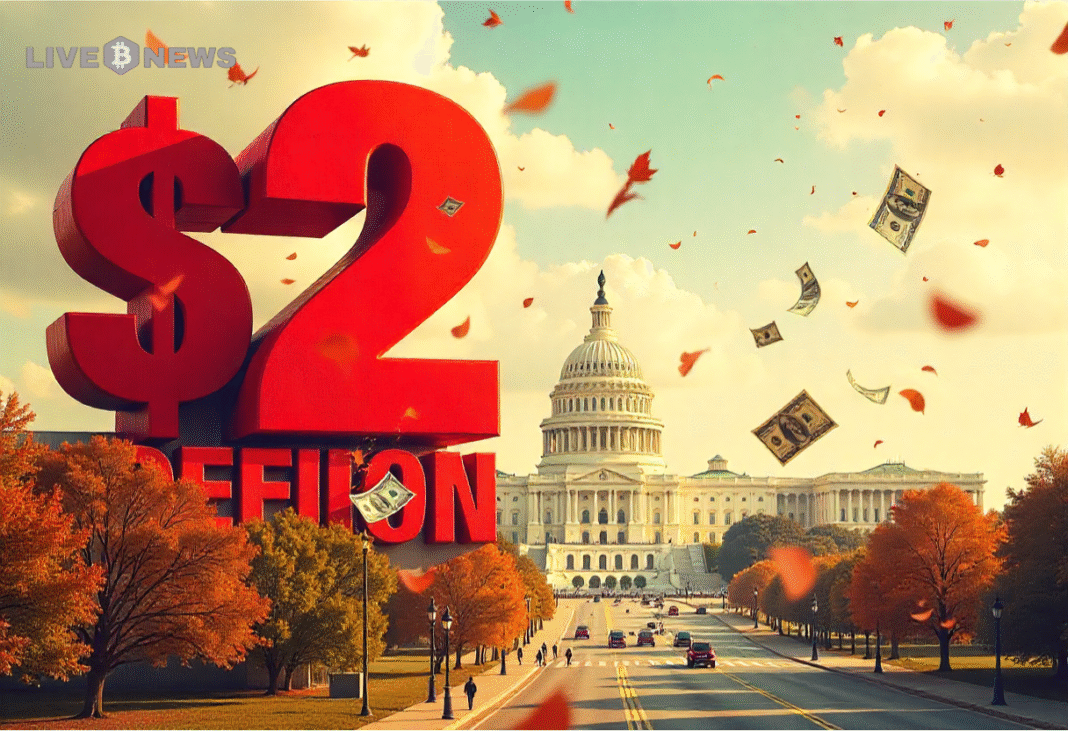Ripple focuses on tokenization and stablecoins in the XRP ledger’s institutional DeFi plan
Ripple, the firm that offers its users a blockchain-based digital payment network, has shifted its focus towards stablecoins and tokenized real-world assets (RWAs) as a strategy for the XRP Ledger’s Institutional DeFi Plan.
Notably, recent reports have revealed that the XRP Ledger (XRPL) has exceeded $1 billion in stablecoin transactions within one month. Additionally, it secured a position in the top ten chains for RWA activity, increasing its importance in institutional adoption.
Ripple stated that tokenized assets and stablecoins are no longer viewed as just experiments. According to its roadmap, they are becoming crucial tools for fintech firms, asset managers, and banks.
In the meantime, the company has made public its intention to establish XRPL as the foundation for issuing, trading, and managing these assets on a large scale.
Ripple implements several developments in its operation
The native lending protocol is a significant feature that will be launched soon with XRPL version 3.0.0, marking a significant milestone in the crypto ecosystem, directly enabling pooled lending and underwritten credit on the ledger.
This protocol was developed to offer affordable loans while strictly adhering to the regulations. Under it, institutions will acquire funding more easily while following KYC and AML requirements.
Concerning Ripple’s recent milestone, the firm had showcased payments for stablecoin transfers, demonstrating real developments in settlement technology.
Apart from the native lending protocol, compliance tools are another crucial aspect. Ripple has reportedly introduced credentials that relate to decentralized identifiers, globally unique identifiers that enable an entity to be identified in a verifiable manner. This, therefore, grants Ripple’s trusted issuers the ability to verify their accreditation level or KYC status.
The Deep Freeze tool, on the other hand, will enable issuers on the XRP Ledger to avoid carrying out operations on flagged accounts. Other features, such as Permissioned DEXs and Token Escrow, which will also be incorporated in the system, provide more control while ensuring the system remains decentralized.
For Ripple, its key priority is to ensure privacy for its clients. To embrace this focus, the company developed zero-knowledge proofs (ZKP) technology to keep information private while still allowing for audits. Initially, Ripple had planned to create private Multi-Purpose Tokens that would allow its customers to trade assets secretly while still complying with the relevant rules.
This approach effectively satisfies both the need for consumer privacy protection and adherence to regulatory requirements. Meanwhile, it is worth noting that the Multi-Purpose Token (MPT) standard plays a key part in these changes.
Ripple establishes an increased adoption of blockchain technology in various sectors
MPTs can allow the representation of complicated financial items such as bonds, funds, or structured products on the XRPL. Additionally, institutional markets prefer it because they do not depend heavily on complex smart contracts and include various metadata.
To illustrate the growing popularity of tokenized assets in regulated spaces, Ripple recently expanded its RLUSD into Aave’s Horizon RWA market.
Ripple’s roadmap also includes updates such as tools for batching transactions, delegating permissions, and making extensions. These tools help maintain XRPL fees low and enable quick settlements.
The EVM sidechain provides developers more flexibility and supports Solidity and XRPL liquidity. With these updates in place, Ripple establishes a future whereby banks and asset managers can trust blockchain technology as their preferred payment method for loans and asset trading.
The smartest crypto minds already read our newsletter. Want in? Join them.
You May Also Like

Bitwise CEO: In the next 6 to 12 months, the focus of the crypto field will be on the credit and lending market

US Deficit to Surpass $2 Trillion Despite Record Tariff Revenue
